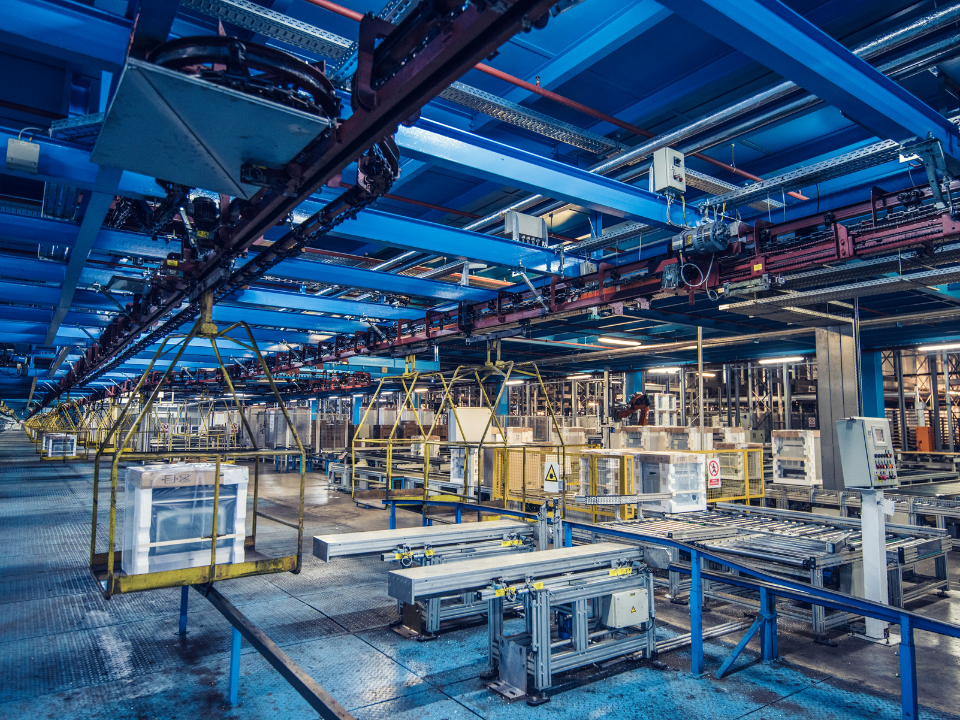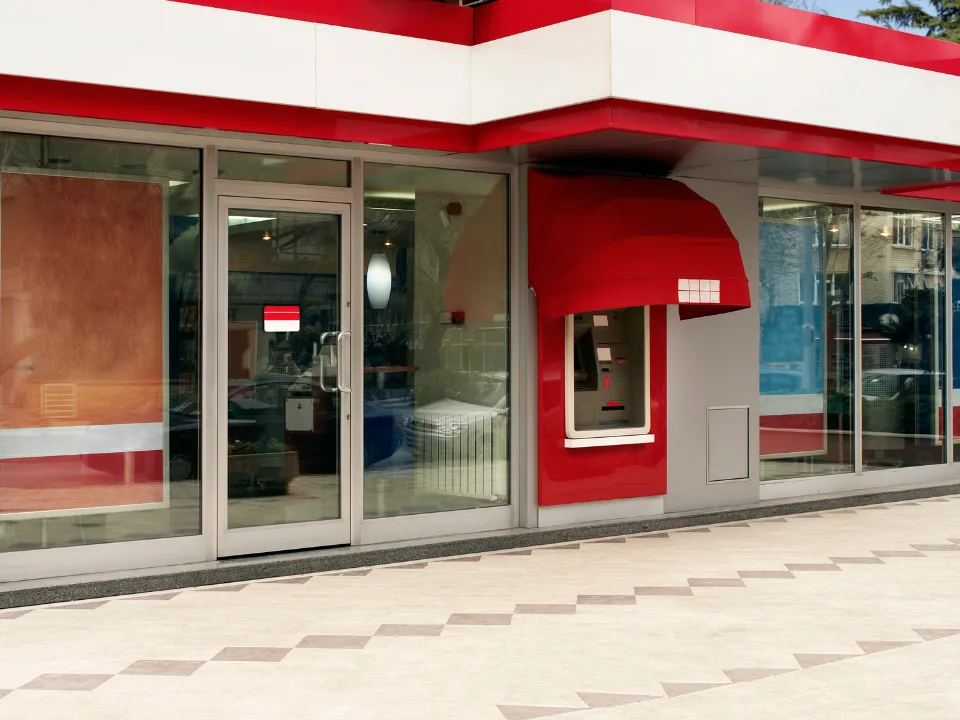- U.S. manufacturers are laying off workers and cutting production due to falling orders and rising inventories.
- Higher interest rates, operating costs, a strong dollar, and lower commodity prices are impacting factory activity.
- Major companies like Deere & Co., Polaris, and Whirlpool are adjusting operations and workforce numbers in response.
According to WSJ, the post-pandemic manufacturing boom in the U.S. has hit a snag as companies across industries report falling orders and rising inventories. This has led to significant layoffs and production cuts as manufacturers brace for persistently lower demand.
Mounting Pressures
Higher interest rates, rising operating costs, a stronger U.S. dollar, and lower commodity prices are dampening manufacturing activity nationwide. Executives from companies producing durable goods like cars, farm equipment, and household appliances foresee a tough business environment for the rest of the year.
Major companies like Deere & Co. (DE), the leading global manufacturer of farm equipment, have cut 2.1K production jobs, or about 15% of its hourly workforce. Agco (AGCO) plans to slash 6% of its salaried workforce by EOY. Meanwhile, recreational vehicle maker Polaris (PII) is scaling back production due to a sharp drop in quarterly income and sales.
Weak Consumer Demand
Companies like Whirlpool (WHR) and MSC Industrial Direct (MSM) reported decreased sales due to a weak housing market and lower consumer spending. This follows the pandemic-era surge in demand when consumers invested heavily in durable goods.
During the pandemic, supply chain disruptions led companies to over-order to meet consumer demand, contributing to inflation. However, higher prices quieted consumer demand, leading to overflowing inventories and lower production.
While there have been some signs of higher spending on durable goods, economic growth and factory output have slowed down. The steel industry, for instance, has seen prices plummet due to reduced demand, impacting distributors like Flack Global Metals.
Why It Matters
Although government spending on infrastructure, semiconductors, and defense is providing some support, overall manufacturing is subdued.
The automotive sector in particular is struggling with much lower demand for electric vehicles. Domestic automakers are scaling back investments in new EV production and shifting their focus to traditional internal combustion engine models, impacting supply chains.
Meanwhile, China’s sluggish economy is also weighing on U.S. companies like Otis Worldwide (OTIS), which adjusted its sales forecast despite a slightly improved profit outlook. A strong U.S. dollar makes imports cheaper, disadvantaging domestic manufacturers against foreign competitors. U.S. tariffs also worsen the cost disparity for materials used by American manufacturers.

















